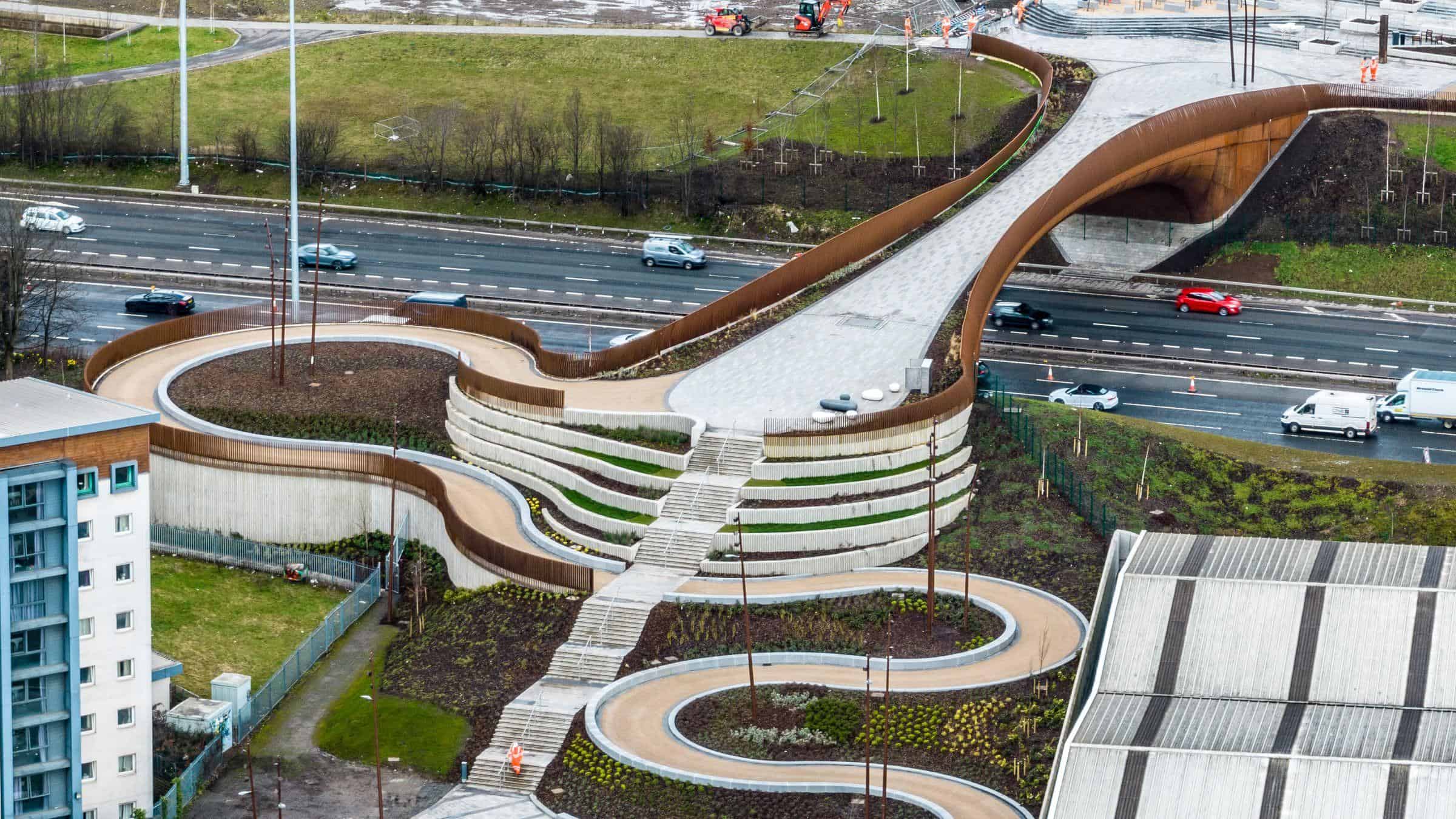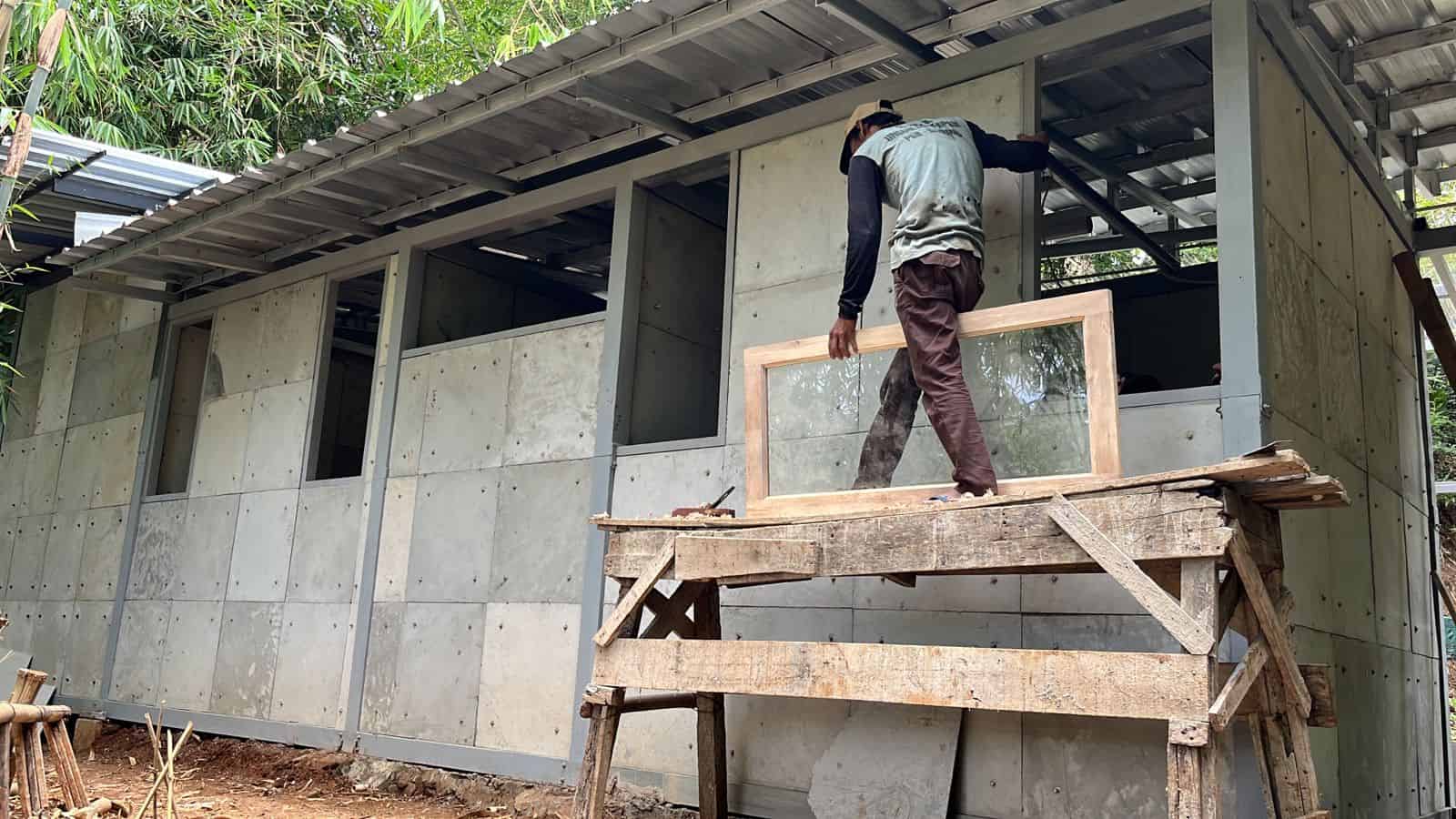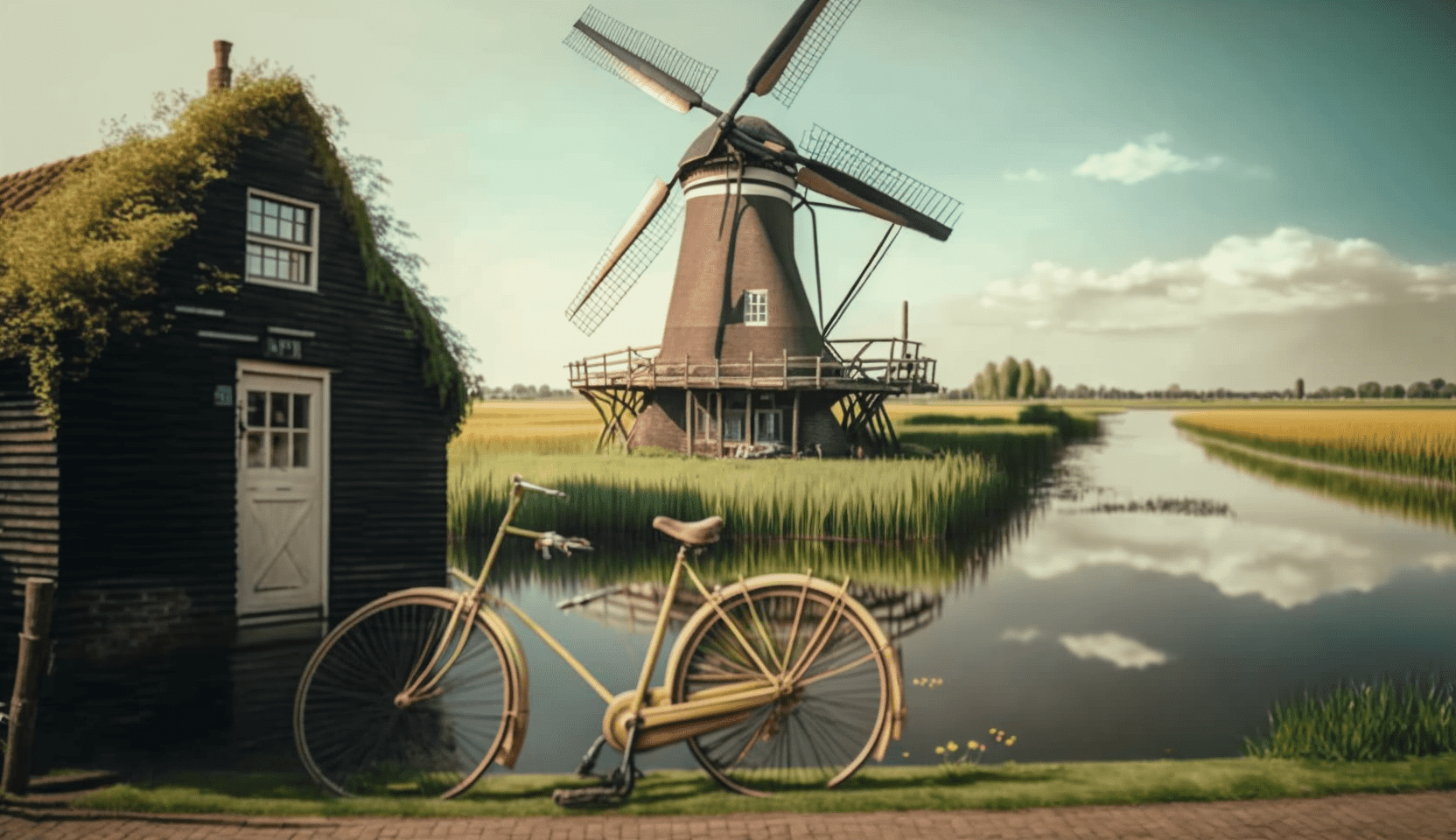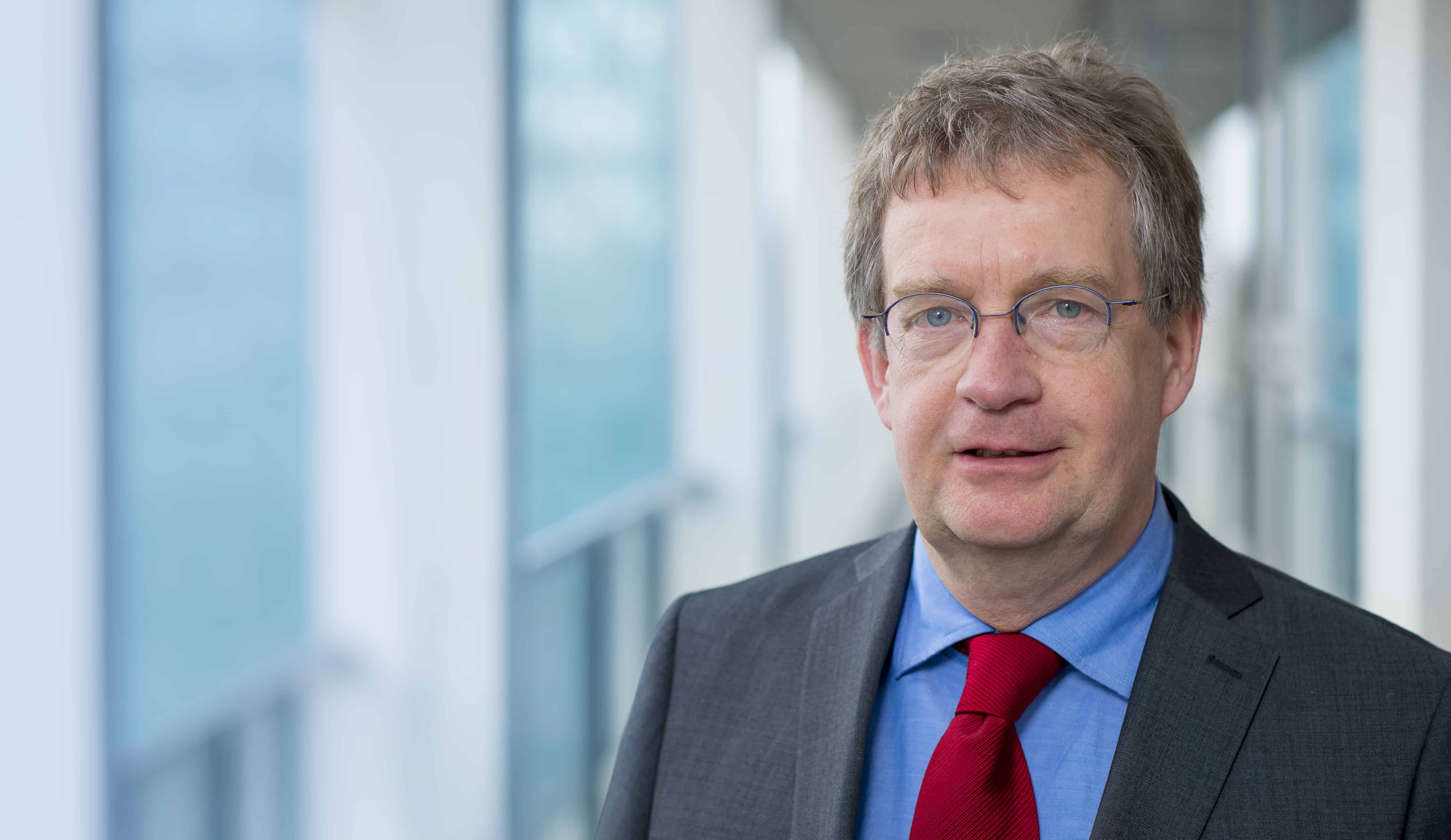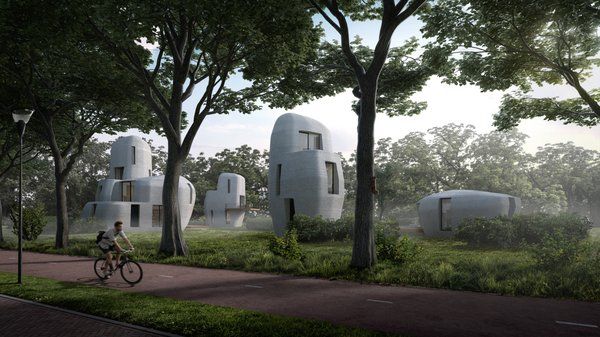
The realisation of the first of five planned 3D-printed concrete houses will start this year in the Meerhoven neighbourhood in Eindhoven. The ‘Project Milestone‘ is not meant as an experiment but as a real new way of building homes, in which people actually will be living.
The municipality of Eindhoven, Eindhoven University of Technology, contractor Van Wijnen, real estate manager Vesteda, materials company Saint Gobain-Weber Beamix and engineering firm Witteveen+Bos are the project partners.
The project will be realised over the next five years. The first house, which will be a single-floor house, is expected to be ready for occupation in the first half of 2019. The other four houses will be multi-story houses.
Vesteda is the prospective buyer and will let the houses to tenants. The concrete dwellings will be subject to all the regular building regulations and will meet the demands of current-day occupants concerning comfort, layout, quality and pricing.
The design of the houses is based on erratic blocks in a green landscape. The irregular shape of the buildings can be realized thanks to one of the key features of 3D-printing: the ability to construct almost any shape. The design aims at a high level of quality and sustainability. For example, the houses will not have a natural gas connection.
During the project, research on concrete printing will be done for new innovations. The five houses will be built consecutively, so every time these innovations and all lessons learned can be applied in the next house. The building elements of the first house will all be printed by the concrete printer at the university. It is the intention to gradually shift the whole construction work to the construction site. The last house will be fully realised on site, including the print work.
Eindhoven is a hot spot for 3D-concrete printing, with the research group of concrete technology professor Theo Salet and its concrete printer as pivotal elements. The group recently printed world’s first 3D-printed concrete bridge for cyclists in the village of Gemert.
3D-printing of concrete is a potential game changer in the building industry. Besides the ability to construct almost any shape, it also enables architects to design very fine concrete structures. Another new possibility is to print all kinds, qualities, and colors of concrete, all in a single product. This enables integration of all sorts of functions in one and the same building element. Also, it becomes easy to incorporate individual wishes for every single house, at minimum extra costs. Another important advantage is sustainability, as much less concrete is needed and hence much less cement, which reduces the CO2 emissions originating from cement production.
Main picture: An artist impression of the five 3D-printed concrete houses that will be realized in Eindhoven. Picture: Houben/Van Mierlo architects.



